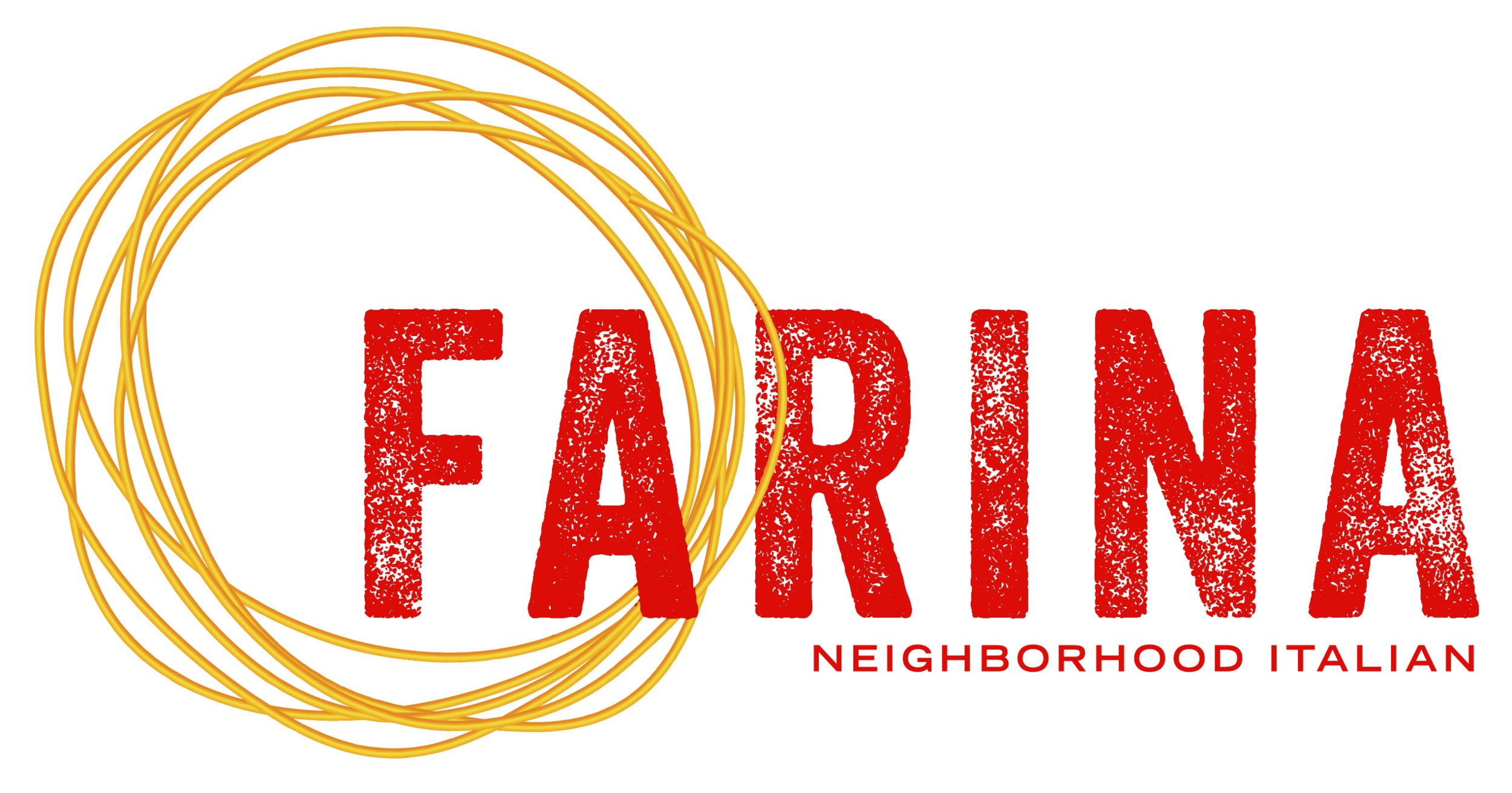Where's the bolognese?
It's a scene I have experienced over and over in Venice and I am sure the same thing plays out across Italy on a daily basis.
After months of dreaming of the sun, the sandy beaches and an enormous plate of pasta covered with Bolognese sauce and freshly grated Parmesan, a tourist finally finds themselves sitting at a restaurant in Italy.
But after nervously checking the menu, their expression changes. Spaghetti alla Bolognese is nowhere to be seen.
“What do you mean there's no Bolognese?!” The tourist asks the startled waiter, who politely suggests in broken English that they try the tagliatelle al ragù instead.
Bolognese is a dish that seems to create confusion outside Italy.
Recently the famous dish was the subject of a heated online controversy, sparked by the New York Times publishing a recipe for a 'white' Bolognese sauce, with no tomatoes. The recipe had many Italians, especially those from Bologna, on the warpath.
They were quick to defend the 'right' way of preparing Ragù alla Bolognese - with tomatoes as one of the main ingredients.
But instead of drawing our virtual swords, perhaps we should take a deep breath and we clear the air about Bolognese. (And by the way, that's Bolognese, not 'Bolognaise', as I have seen it spelled around the world.)
First of all, Ragù alla Bolognese, or Bolognese sauce, is only one of the many ways which a meat sauce – or Ragù - can be prepared in Italy.
Ragù in Italy is a general term, used to indicate any meat sauce cooked over low heat for many hours. Each ragù is composed of numerous ingredients, which vary according to each region – hence “alla Bolognese”, meaning from the town of Bologna.
